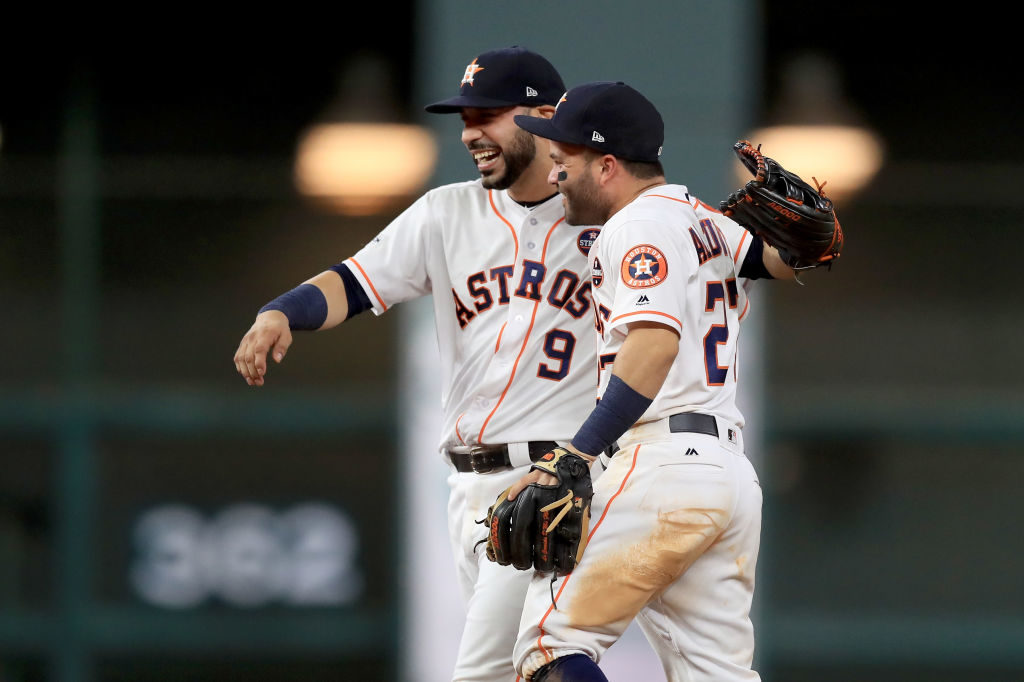Professional baseball teams can hit a winning streak at any time throughout an entire season. When momentum builds and all the stars align just right, successful teams like the American League champion Houston Astros seem to discover the missing piece needed to win.
John Eliot, clinical associate professor in sport management at Texas A&M University, researches the behavioral and brain science of athletes. He conducts research with professional leagues including Major League Baseball and analyzes organizational culture, interpersonal relationships and athletic performance.
He said the factors within an organization and the culture they create have a greater effect on a team’s long-term success than just a winning streak. In fact, winning a string of games does not change the probability of future wins.
“Streaks of wins are poor measurements and they do not define momentum,” Eliot said. “The misunderstanding is that wins increase the likelihood of future wins. The ‘hot hand’ concept has been proven to be a myth.”
Eliot uses different methods of data collecting including a 3-D model to measure how performance develops and changes over time. He found that with so many moving pieces that exist in a given game, the slightest shifts could offset team momentum and affect a team’s production.
He said successful teams have a far greater rate of physical interaction and trust between players than those who rely more on verbal interaction.
“The reason why players have streaks in baseball is because of the increased confidence players have in their teammates and in themselves. True belief in each other is much more sustainable than wins and losses,” he said. “Things like positive posture, embracing, pats on the back, high fives, and the degree of physical contact and interaction all attribute to a collective team effort.”
Very few team executives and general managers have adapted similar trends into their scouting methods — leaving room for competitive advantages, said Eliot.
“In the cutthroat pro sport landscape, in which escalating salaries are heavily outcome-dependent, athletes have immense pressure to produce results. But the teams upon which players are more invested in their teammates, versus primarily invested in winning, have far more sustainable success,” Eliot said. “What you’re building is a network of players who hold one another up under pressure. That is where resilience comes from, and resilience is a key underlying driver of true momentum.”
Drafting and trading players, which still leaves a level of uncertainty, can be essential in creating either a strong or disruptive environment, Eliot said. Team front offices that look beyond just player analytics tend to have more success in building the right kind of teams when they balance talent and a strong, collective environment.
“We see now more than ever, that it is more of a peer-to-peer phenomenon than just a leadership phenomenon,” he said. “The teams that create a better culture for their players allow them to relax, play free of fear, and not worry about making errors.”
This too can be seen in how coaches interact and coach their players.
“We’ve seen a shift that athletes work better when they feel that they can relate to their coaches,” he said. “Unlike the past when players were just told what to do and a strong player-coach relationship wasn’t always the main focus, today, it’s really more about feeding the growth of a collective environment.”
This environment cultivates a stronger culture and fan base across the entire team.
“When this happens, the fans buy into the team culture to a much higher degree even during team losses,” Eliot said.
This story published originally on Transform Lives.
###
Media contact: Justin Ikpo, Communications Specialist, College of Education and Human Development, at 979-845-7406 or jikpo@tamu.edu; Elena Watts, Division of Marketing & Communications, at 979-458-8412 or elenaw@tamu.edu.




